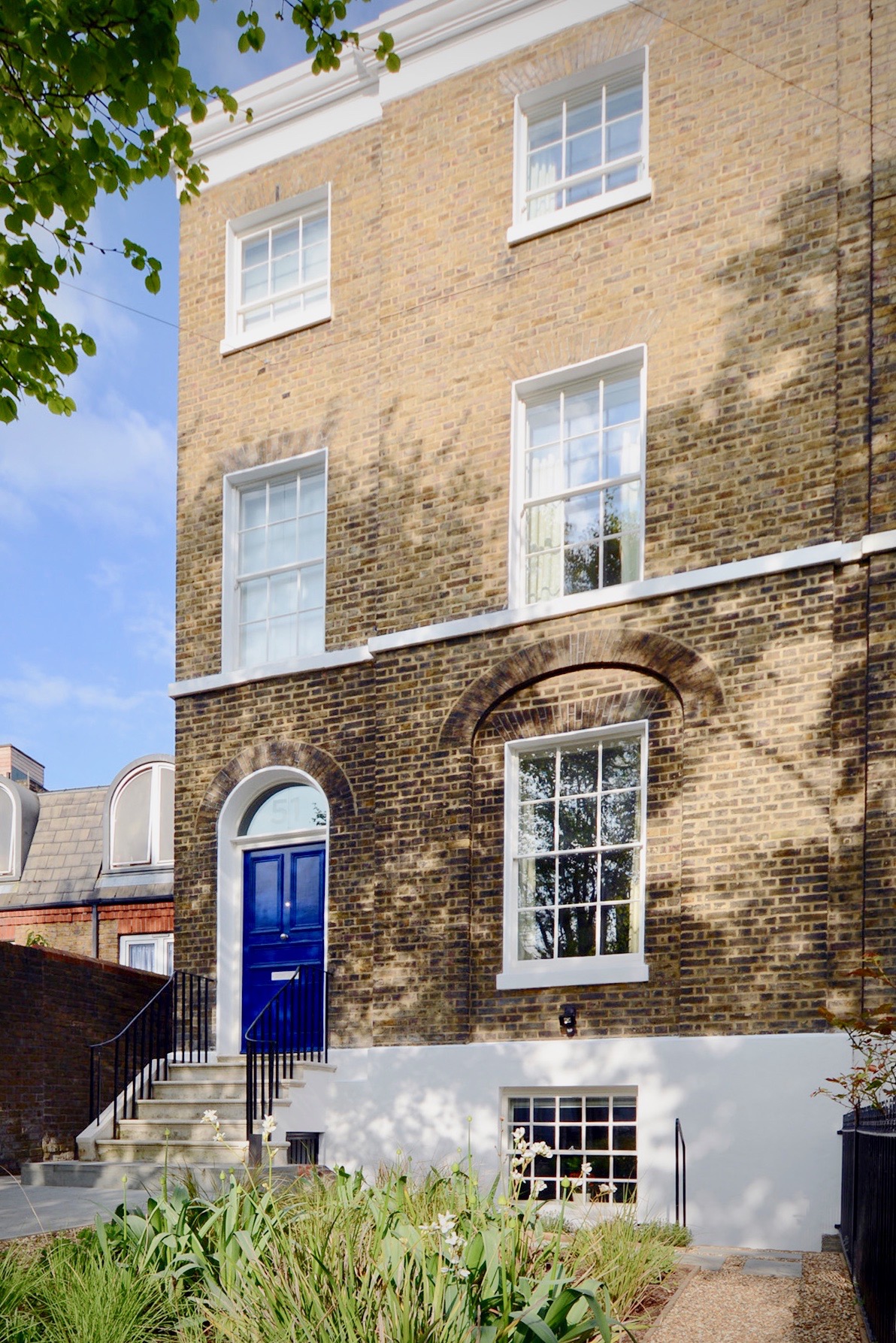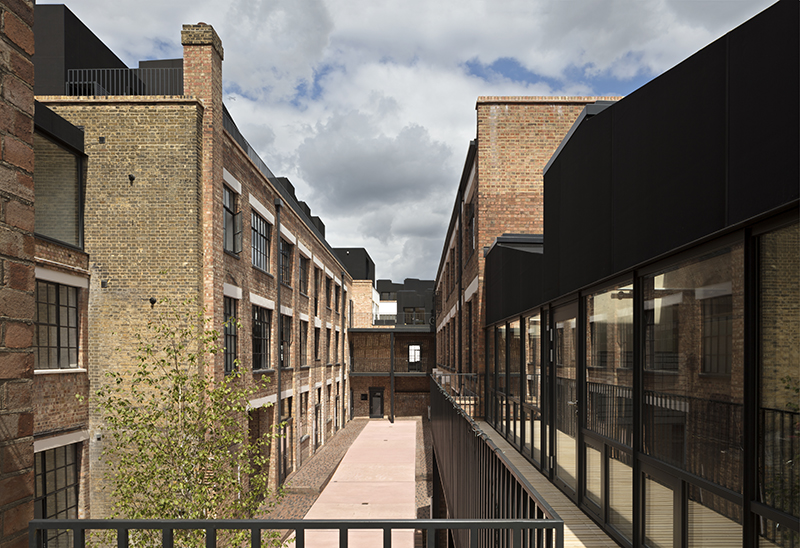Post
Have your cake and eat it | How historic buildings can lead the fight against climate change
16 Jun 2021
To mark the publication of a new report, Heritage & Carbon (available to download here), Matt Bell of Grosvenor Britain and Ireland explains how historic buildings can help tackle the climate crisis
I get confused. What’s the difference between a genuine dilemma and a false dichotomy? Take two issues like carbon reduction and heritage protection. Do we have to choose?
For good reason, people are drawn to old buildings. In a city like London, they provide meaningful connections to the past, add character to our streets, and make beautiful, atmospheric places.
They are also very good at adaptation. Many older buildings have already evolved to meet changing needs. Occupants installed awnings over sunny windows in summer months to prevent overheating and added hangings and panelling to internal walls for heat retention in the winter. But what was once common practice would probably struggle to get planning consent today.
That would be a problem in any context. But climate change changes everything. There are about 1,000 conservation areas in London covering on average 17% of all properties across the city; and the process of adapting buildings in these neighbourhoods so they can thrive in future and be more energy efficient is very challenging.
To a significant degree, it’s the result of a lack of certainty and clarity within planning policy and practice about what can and should be allowed. Furthermore, what is granted consent – for example, double-glazing or internal insulation – varies substantially from borough to borough and even amongst decision-makers within the same local planning authority.
Obviously a broad-brush, one size fits all approach wouldn’t work. But what we have is costly and incoherent. There are very few incentives and a lot of barriers for owners of historic buildings who want to make energy efficiency improvements.
In a new paper published this week, Grosvenor argues that the Government should use the impetus of planning reform and COP26 this summer to much better align heritage protection and environmental sustainability in a revised NPPF, including specific policies for carbon reduction in relation to all designated heritage assets, excluding scheduled ancient monuments.
The paper has been developed over the last six months with the National Trust, Insall Architects, Peabody, Southern Housing, The Crown Estate and other consultative partners including Historic England.
The bottom line is that fabric improvements to all listed buildings and unlisted historic dwellings in conservation areas nationwide could cut operational carbon emissions in the UK by up to 7.7 MtC02 per year. That’s the equivalent of roughly 5% of all the carbon emissions associated with all buildings in in Britain in 2019.
It would also act as a powerful stimulus to the green economy and help protect a crucial part of our common heritage which gives so many people a sense of civic pride and identity in this city.
Of course, the work needs to be done intelligently. There’s always a risk of maladaptation and that’s why better guidance, more funding, and supply chain skills and capacity are also fundamental.
But the truth is, historic buildings can help lead the fight against climate change in London. You only have to look for inspiration at the work done on a residential building like the Clapham Terrace House by Arboreal Architecture (an 1840s terraced house) or the De Beauvoir Block in Hackney by Henley Halebrown (an early 20th century factory complex) to see what can be done.
When the disability act first came in, the heritage sector responded fast. People realised it just wasn’t acceptable to send someone round the back because a building is listed. They introduced well-designed ramps, ‘sesame’ stair wheelchair lifts and other innovations.
Now we need the same kind of response to the need for energy efficiency in a climate crisis. Heritage protection and carbon reduction can run hand in hand - and we need them to urgently.
[Photos: (c) Arboreal Architecture and (c) Nick Kane]

